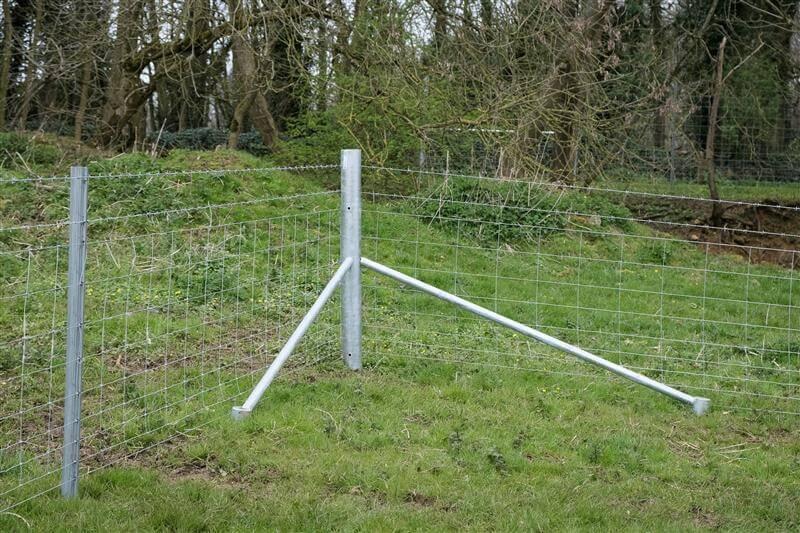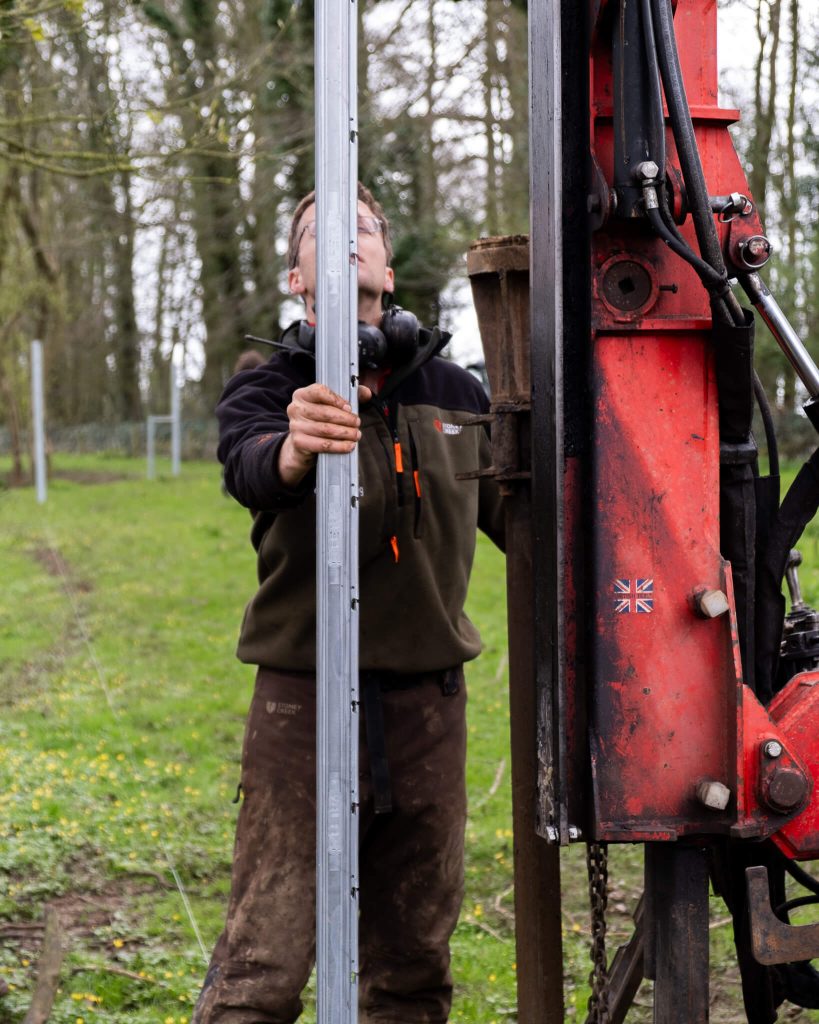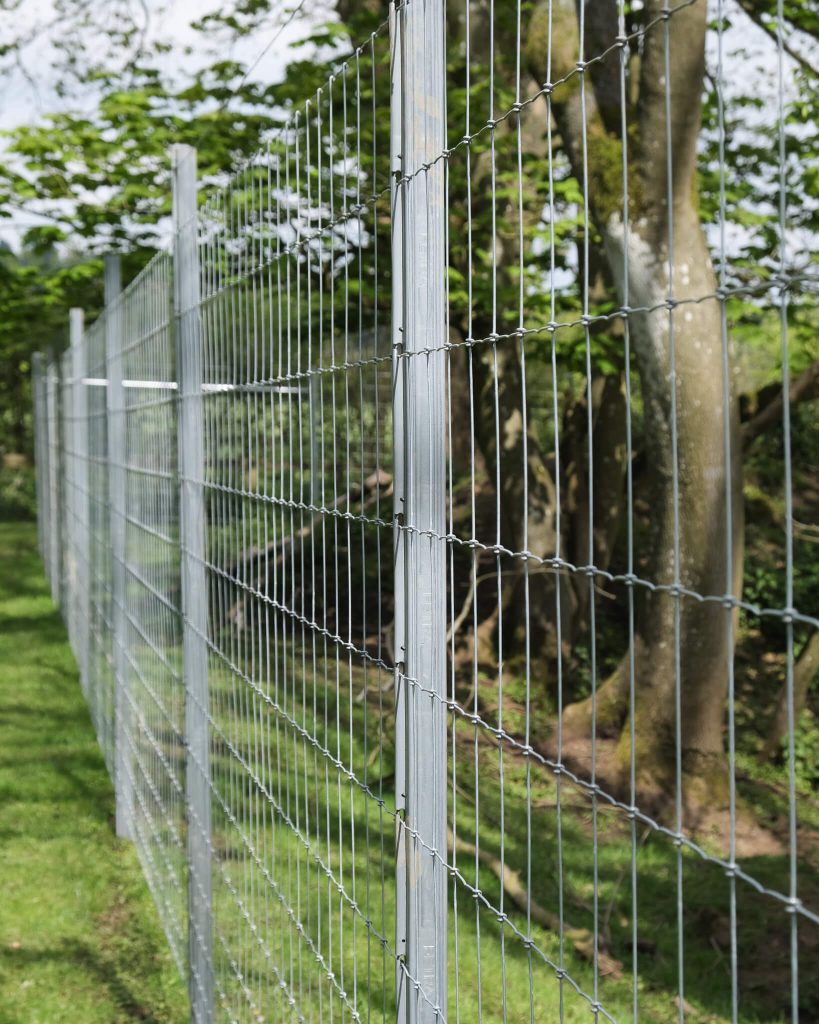
Metal fencing is a durable, versatile, and secure option for a variety of applications, from agricultural and equine fencing to wildlife and security enclosures. Choosing the right metal fence posts is crucial to ensuring stability and longevity. In this guide, we’ll explore the different aspects of metal fencing, key considerations for installation, and the best options for different uses.
What is metal fencing?
Metal fencing refers to barriers made from materials such as steel, aluminum, and galvanised iron, designed to provide strong and long-lasting enclosures. Whether for livestock containment, property security, or wildlife protection, metal fences and posts offer superior resilience compared to wooden alternatives. They resist rot, pests, and harsh weather conditions, making them a cost-effective solution for long-term fencing needs.
Installing metal fence posts

When planning to install metal fencing, the purpose of the fence should be the first consideration. Whether it's for livestock, equine enclosures, security, or wildlife protection, the choice of fencing should be tailored to the specific needs of the area.
Durability is another crucial factor. Opting for long-lasting metal fence stakes helps prevent rust and corrosion, ensuring a long-lasting solution. This is particularly important in areas prone to heavy rainfall or high humidity. To add to this, the height and strength of metal fence posts are additional considerations. Depending on the type of fencing required, tall metal fence posts may be necessary to provide adequate security and containment. This is particularly relevant for fencing designed to keep large animals or deter intruders.
Lastly, it's essential to check local regulations. In the UK, certain planning permissions or land regulations may apply, particularly for fencing near public pathways or protected areas. Ensuring compliance with these regulations before installation can prevent legal issues and additional costs.
Types of metal fencing
Livestock fencing
For cattle, sheep, and goats, strong metal fence posts and wire mesh fencing are essential to prevent animal escapes and to protect livestock from predators. High-tensile metal fence posts provide durability, with a quick installation process for grazing areas.
Equine fencing
Horses require safe, visible, and sturdy fencing. Metal fence posts combined with horse stock fence and electric wire can help prevent injury. Solutions must be carefully chosen to ensure they are suitable for equines to prevent horses from trapping their legs, head and hooves in the fence.
Deer/solar farm fencing
For protecting crops or to use at solar farms, tall fences with metal posts ensure security and prevent wildlife intrusion. Metal fence posts with high-tensile wire mesh provide strength for areas that require a boundary fence.
Wildlife and poultry fencing
Wildlife fencing is designed to keep animals out or contained within specific areas. Metal fencing stakes combined with wire or electric fencing can effectively secure poultry enclosures and protect against predators like foxes and badgers.
Road and railway fencing
Roadside and railway fencing is essential for public safety and preventing unauthorised access. Metal fence posts combined with mesh wire provide a robust barrier along highways and railway tracks. These fences help prevent wildlife and the public from straying onto roads, reducing accidents, and enhancing security for railway infrastructure.
How to prepare for installing metal fencing
Whether you're completing a diagonal strut or box strut installation, there are several things to consider to ensure your project is completed correctly.
- Measure your area – Mark the perimeter and determine the number of metal fence posts needed.
- Choose the right metal fence posts – Select the appropriate size and material based on your fencing needs.
- Gather equipment – Have all necessary tools, such as post drivers, wire tensioners, and fasteners.
- Check ground conditions – Assess the soil type to determine whether additional reinforcements are required.
- Plan for gate access – Ensure access points are integrated into the fencing design.

Best metal fencing at StowAg
Manufactured in the UK by Fetra, our tired & tested metal fencing systems set a new benchmark for use in agriculture, forestry, rail and highways infrastructure, offering a solution that is strong, versatile and sustainable
The patented flagship range is a robust and durable alternative to conventional timber fencing. It is fast and easy to install, with an extended lifespan that is backed by a 40 year warranty, offering substantial long term savings
Choosing the right metal fencing and metal fence posts is crucial for a strong and reliable installation. Our fencing division can help you select the best metal fence posts, rock spikes, wire and other essential components for your fencing project.
